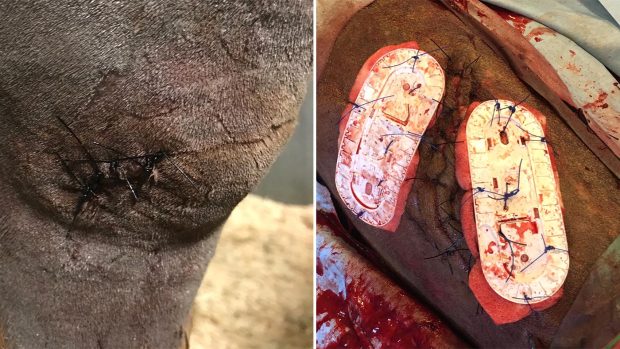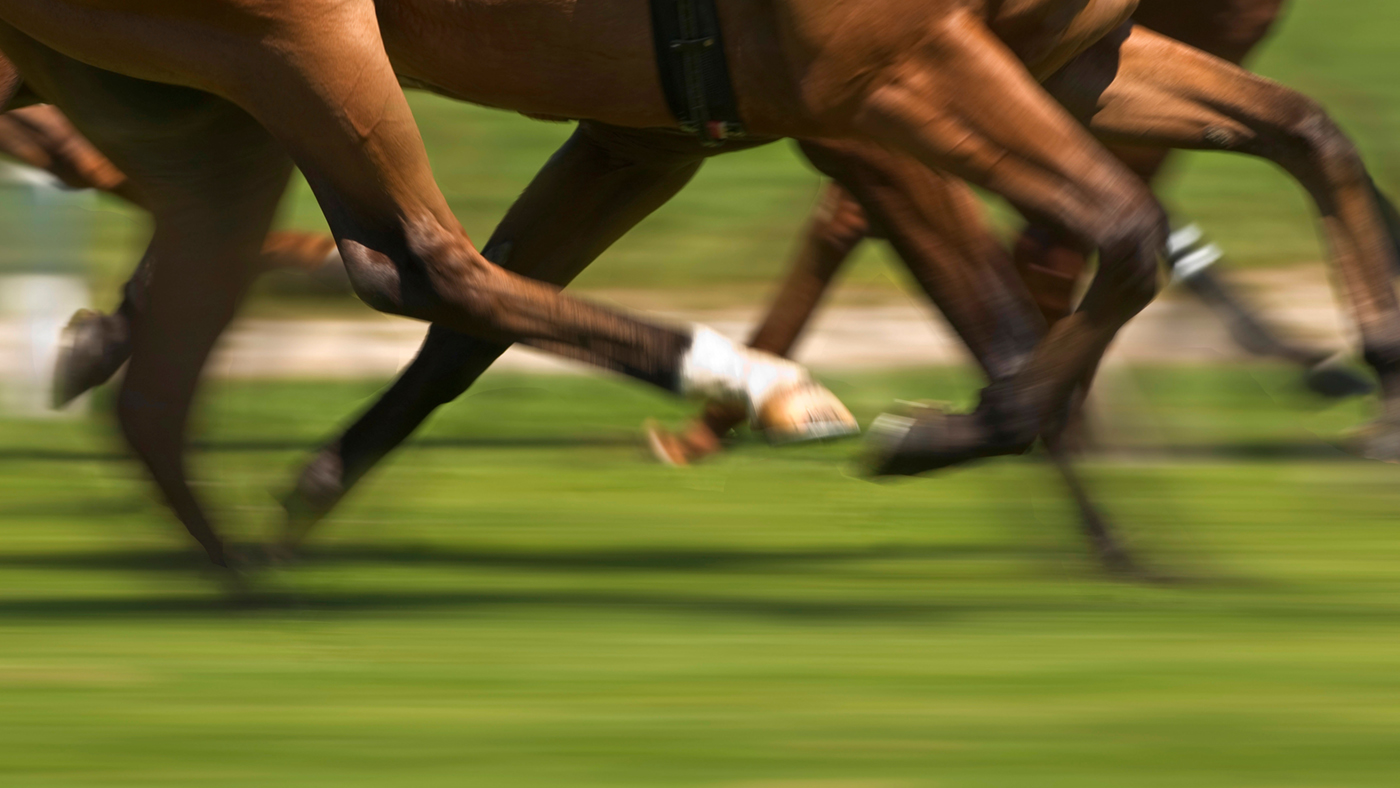All wounds result in scarring. Whether visible or not, it is the inevitable result of tissue damage in any organ. After injury, the healing process is triggered immediately and, although nature makes a very good attempt to restore normal tissue function as fast as possible, it cannot recreate exactly the normal anatomy at the site of an injury.
The cosmetic appearance of scars is often of concern to horse owners because this can affect the value and appearance of the horse. However, resultant functional problems will be much more significant for the horse. In some circumstances, scarring can be devastating and cause significant difficulties in movement or function.
The scar from a large wound over a major limb joint such as the hock or fetlock or involving the flexor tendons can severely restrict the function of the limb. A wound on the cornea of the eye results in a permanent scar — a dense white area in the normally clear cornea is the end point of a wound. This will have an effect on the horse’s vision, although in most cases this is probably not highly significant.
Over the weeks following healing of a skin wound, the amount of fibrous tissue in the wound is increased. Because accidental wounds invariably involve multiple tissues, the healing (repair) and scarring (remodelling) processes will inevitably result in scarring in all the affected tissues. During the healing process and for many months after the wound has closed, these fibrous cells become “muscular” and pull inwards. This reduces the size of the resultant scar over a long period of time.
Continuing contraction of the wound site results in a less obvious scar, but this may itself be problematic — contracting wounds will result in distortions that may be highly important for the function of the affected tissue and indeed for survival of the animal itself.
While this contraction is a benefit for the early stages of the healing process (the healing has less area to cover if the wound shrinks in size), and improves the cosmetic repair, it can also be a significant danger. The fibrous cells become much less elastic and the wound site loses natural flexibility.
Scarring also occurs at the site of surgical wounds and at sites of intended skin damage. Even though these can be “constructed” in such a way as to minimise the extent of scarring, there can be serious secondary consequences from the resulting scar. For example, intestinal surgery may save the animal’s life, but the scar may cause narrowing of the repaired gut, so a functional obstruction can develop that may necessitate repeat surgery.
Also, the repair process is sometimes not the most appropriate response. Again using an intestinal example, the natural repair process can result in loops of intestine sticking to each other or to other abdominal organs.
Scarring in any circular (or tubular) structure can be extremely dangerous. Because scars contract progressively, scarring that involves the full circumference or a greater part of the circumference may be a critical issue in the formation of a stricture. Oesophageal scarring can occur in the gullet as an ulcer that arises after an episode of choke. The nature of the injury results in a circular scar that, in common with all other scars, contracts. This creates a dense fibrous band (a stricture) that can inhibit or even totally obstruct the swallowing of food.
There are also significant problems that can affect the actual process of scarring. In some cases, the scar can be much larger than expected — the healing process is not normal and the amount of scar tissue is far in excess of normal. This is commonly referred to as a hypertrophic scar.
In other cases, the type of tissue is abnormal and the skin takes on a reptilian appearance with a thick, scaly crust over the wound site. This is known as a cheloid scar.
Individual horses may have a tendency to either of these problems, but they can occur for no apparent reason in any wound in any horse and little is understood about them.
|
||
 |
||


 Get up to 19 issues FREE
Get up to 19 issues FREE TO SUBSCRIBE
TO SUBSCRIBE 


